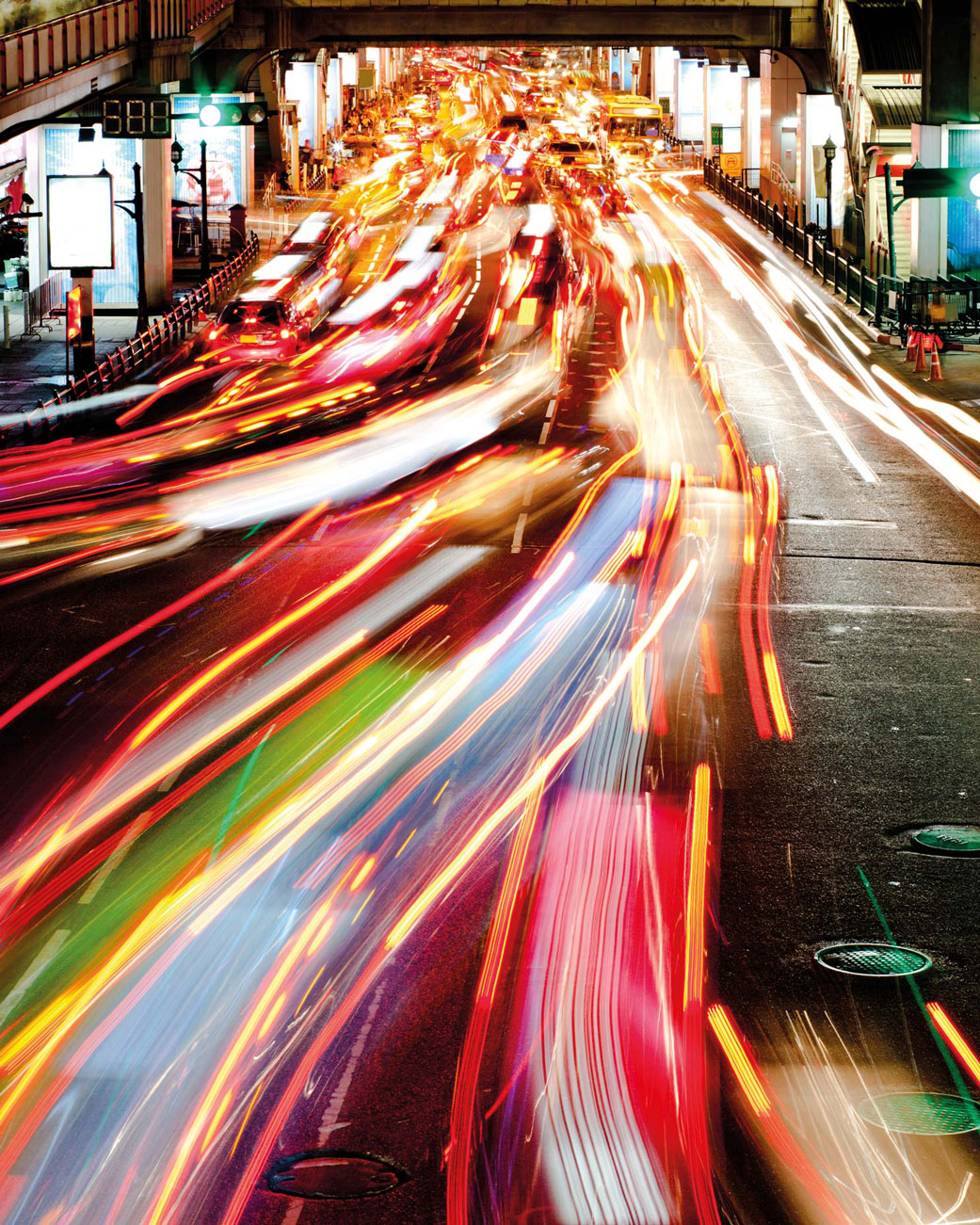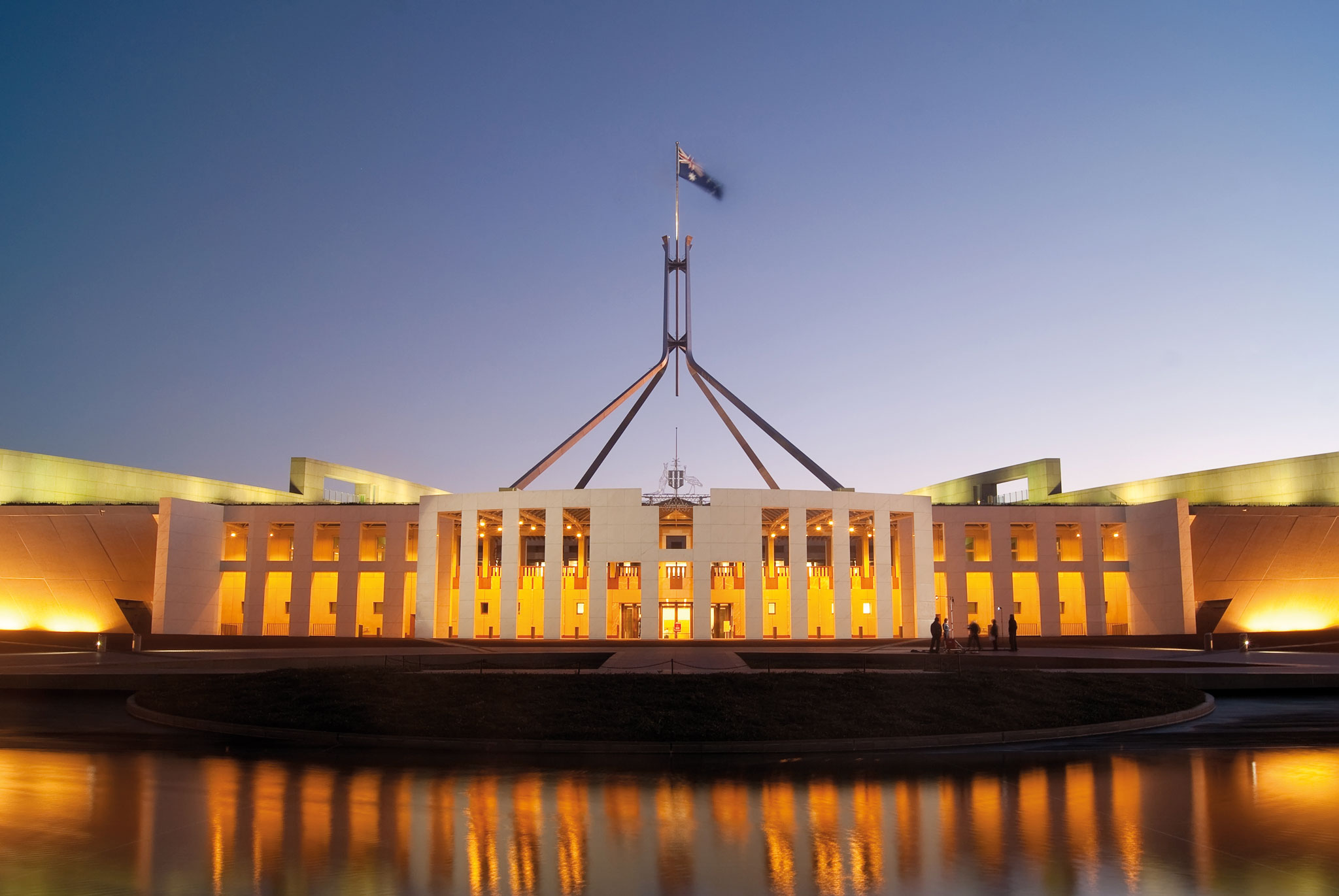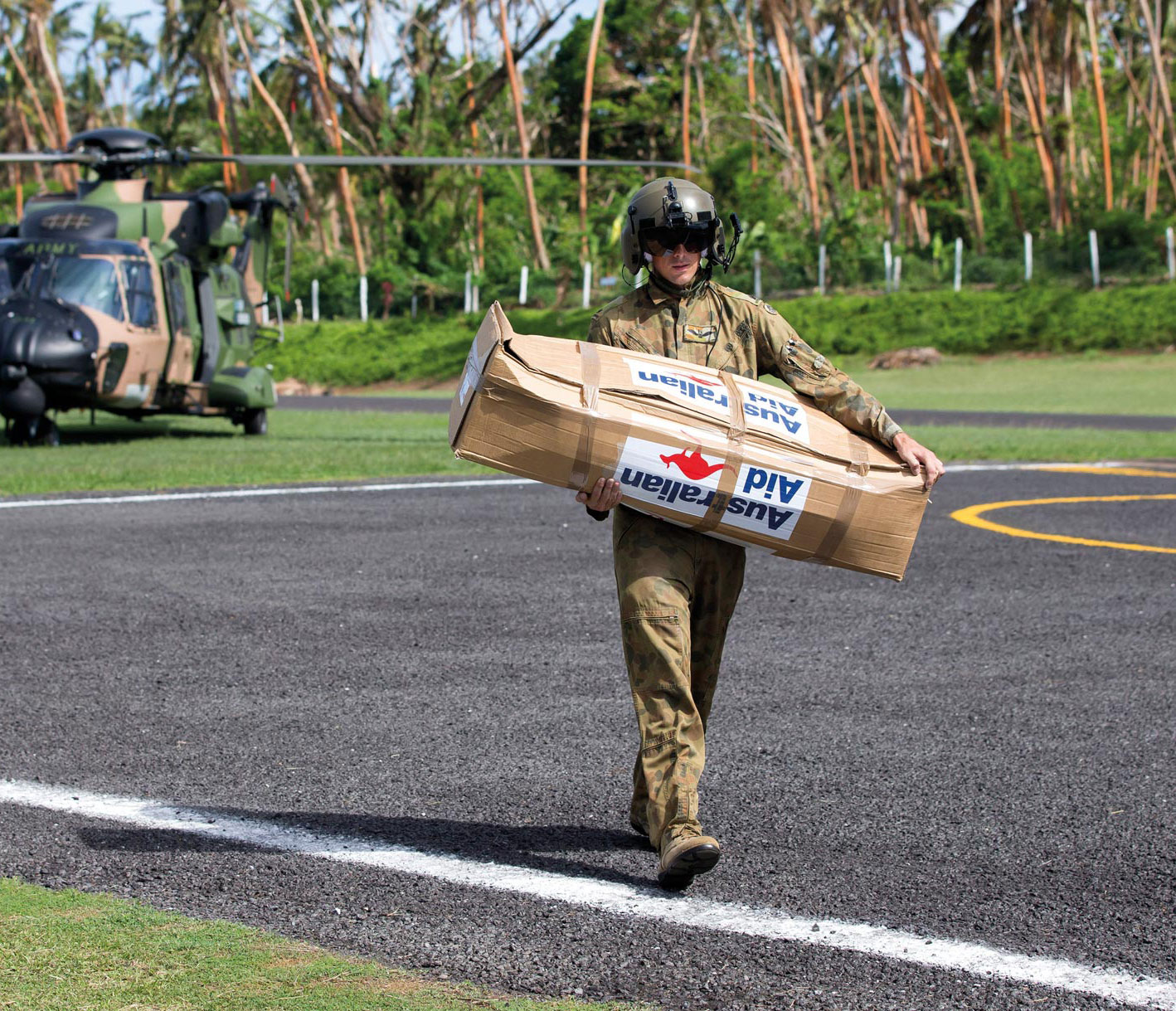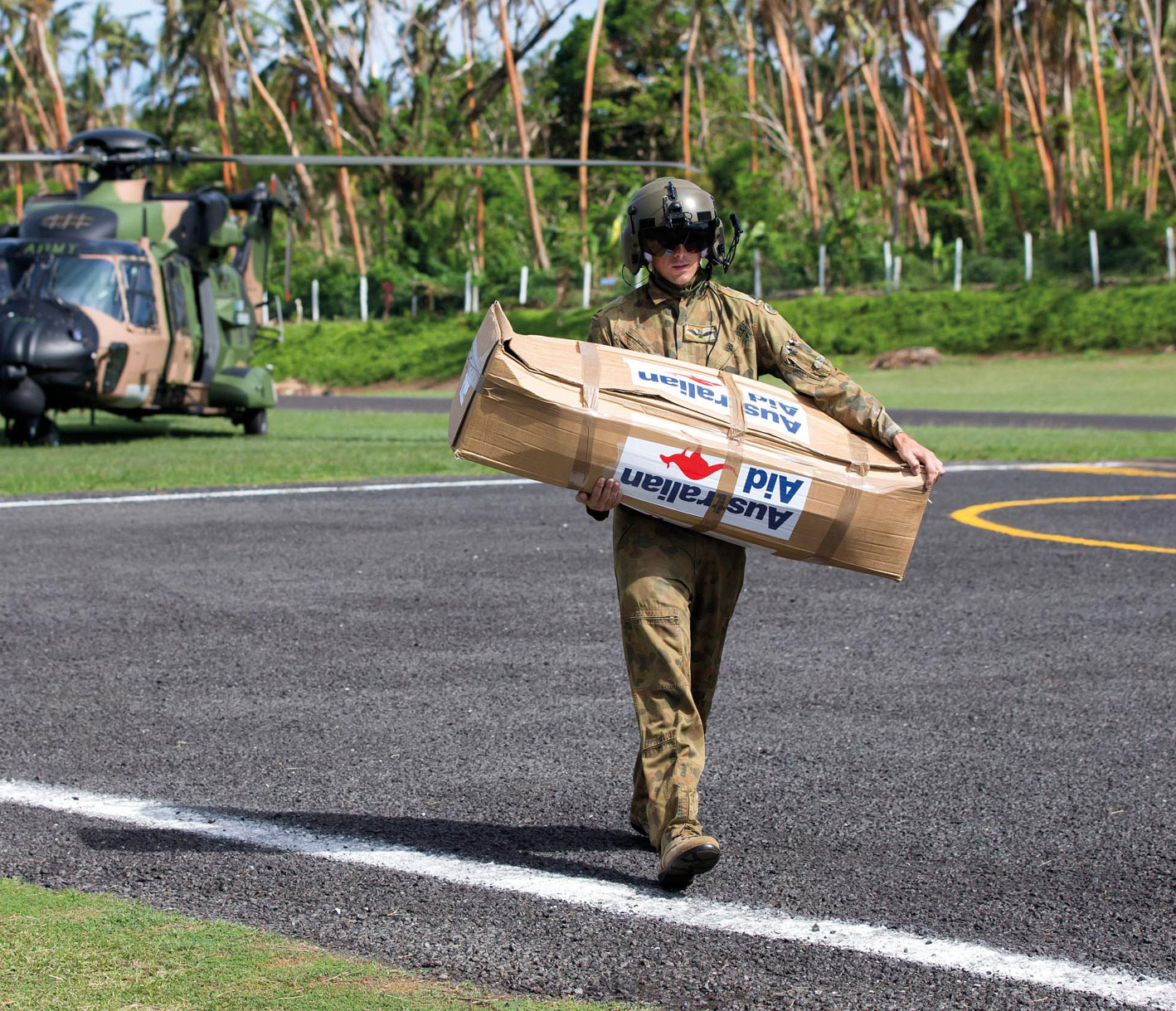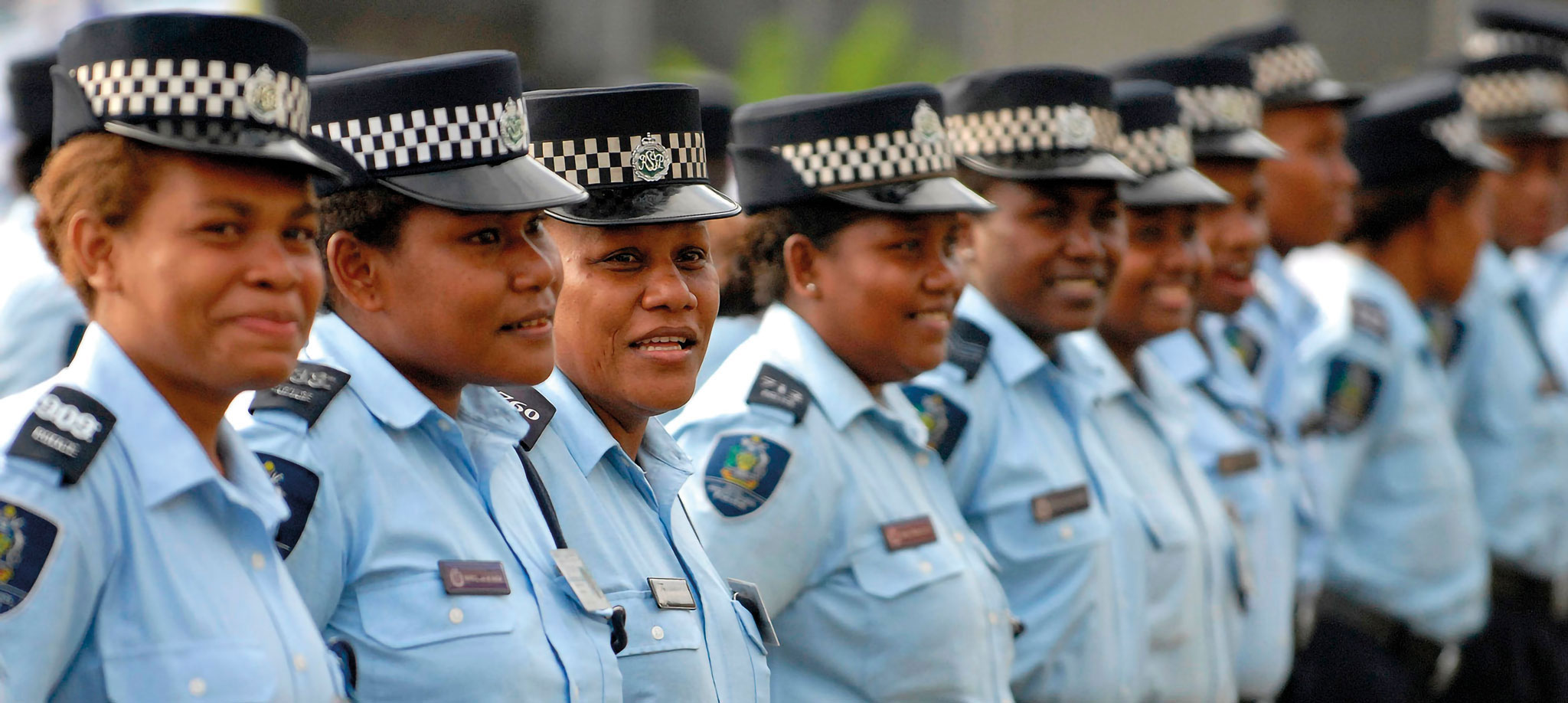Australia’s external environment will be influenced by demographic shifts, continuing urbanisation and high rates of people movements. The world’s population is estimated to reach 8.6 billion by 2030, up from 7.6 billion this year.
As developed countries and China age rapidly, populations in Africa and South Asia will soar. This could assist or constrain economic growth depending on how well governments handle education and training, health, employment and infrastructure. It could also drive further irregular migration and other transnational security challenges.
The strong trend towards urbanisation will continue, including in the Indo–Pacific (Figure 2.7), bringing export opportunities for Australian minerals and energy, and other goods and services. According to United Nations estimates, globally there could be 41 mega-cities (cities with more than 10 million inhabitants) by 2030.
Increased flows of displaced people and irregular migration will continue to present challenges. Unprecedented numbers of people displaced by conflict and natural disasters are moving within countries and across borders. Currently, there are an estimated 65 million displaced people in the world, the highest number since the Second World War. The scale of this challenge is overwhelming traditional responses, requiring new approaches to supporting displaced people as well as countries of first refuge.
Irregular migration will continue, with implications for the management of our borders. These movements are often enabled by digital communication, cheap transport and people smuggling syndicates.
Societies that protect human rights and gender equality are much more likely to be productive and stable. In this respect, global trends are uneven. Severe gender inequality persists in parts of the Middle East, South Asia and the Pacific, undercutting social stability and economic development in these regions.
